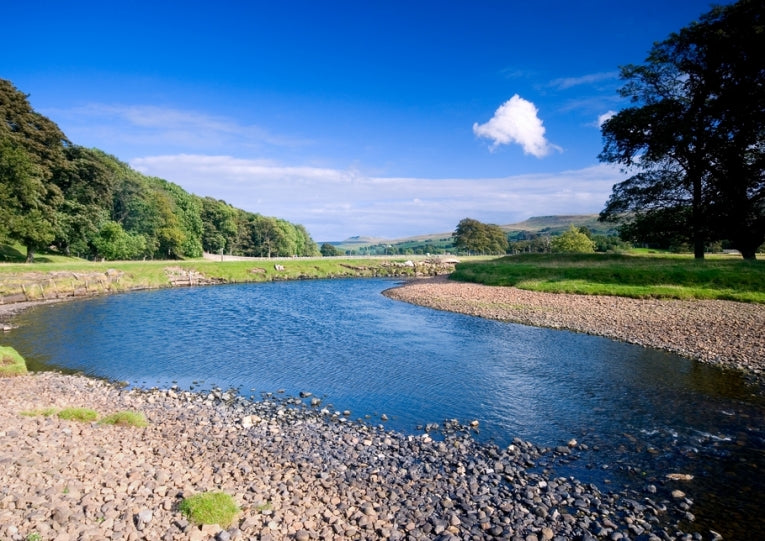With dryness overcoming the earth, the global warming effect needs detailed study. Where will it be wetter, for a start? Rivers stand predominant in the scene, as if they disappear, civilisation has been known to follow. Freshwater food webs have been studied here with an aim towards understanding severe drought effects.
The local loss of rare predators of any size could potentially be a turning point for a riverine community. Substantial loss of species variety and their interactions is a expected problem, but the chosen few at the top of the food chains naturally control populations. Chalk streams in Europe have been regarded as one of the most biodiverse systems known, despite the danger of natural drying-up! Researchers in southern England in this paper ("Letters" in Nature: Climate Change) have some of the most studied limnological backgrounds in research.
From the Freshwater Biological Association to modern techniques analysis, such northern European streams and lakes have been the classic place to start. From Birmingham University (England) and the University of Alaska, Mark Ledger, Lee Brown and the rest of a highly qualified team took eight replicas of stream channels and used them to work out how reduced river flow would shift the balance of power in the ecosystems for two years (ie. supraseasonally).
The effects on species richness were worked out with benthic counts and gut contents analysis. 783 feeding relationships were identified among 84 consumers and producers. The detritus and filter-feeders in streams made it necessary to include organic matter in biofilms and leaf litter! More obvious producers were the cyanobacteria, diatoms, algae and fungi usually found in these streams. Macroinvertebrrates were of course the fisherman's friends, the alderflies, caddis, mayflies, stoneflies and midges, along with many leeches shrimps, beetles snails and worms.

Mayfly image; Credit: © Shutterstock
The results were fascinating, especially considering the large amounts of river flow currently diverted from rivers for city use, and the planned expansion by private Water Boards. 21% reduction in species was recorded for the drought-ridden streams, but some groups were very resilient against the drought threat. This possibly follows drought conditions in natural streams which occasionally occurs in southern England. Species richness was indeed maintained, but encrusting green algae were lost, in exchange for diatoms.
The animals fared badly. 37% of the animals that eat the algae and detritus were gone, with their biomass down greatly to a meagre 36% of their former glory. And of course this spelt misery for the poor old predators, with their food supply withered on the vine. 78% disappeared along with 88% of their biomass. Drought effectively eroded foodwebs from the top-down. Significant high mortalities for stranded predators were regularly recorded. The biomass recovered slightly from large numbers of chironomid midge larvae exploiting the disturbance in the community. Certain small entrepreneurs were theorised to be capable of taking over temporary niches. Large animals disappeared, in some cases to "drought refugia," more suited to smaller predators
Fresh water then is vulnerable to climate change with network restructuring usually failing to maintain the ecosystem. Change in snail and some other populations, probably associated with the loss of encrusting algae, were enormous. Molluscs like these produce vast amounts of useful biomass, but Potamopyrgus lost 95%. Shrimp, mayfly and caddis fly also lost greatly. Midge larva generally gained, with a relevant conclusion from the research that small species increased in biomass, with the loss of diversity and the larger species. Overall, the biomass was down, in any case.
What this means worldwide for any ecosystem is that lack of water is naturally one of the greatest dangers from global warming. If forests and rivers dry up, we are likely to face a world with few wild habitats and even less biodiversity within them.










